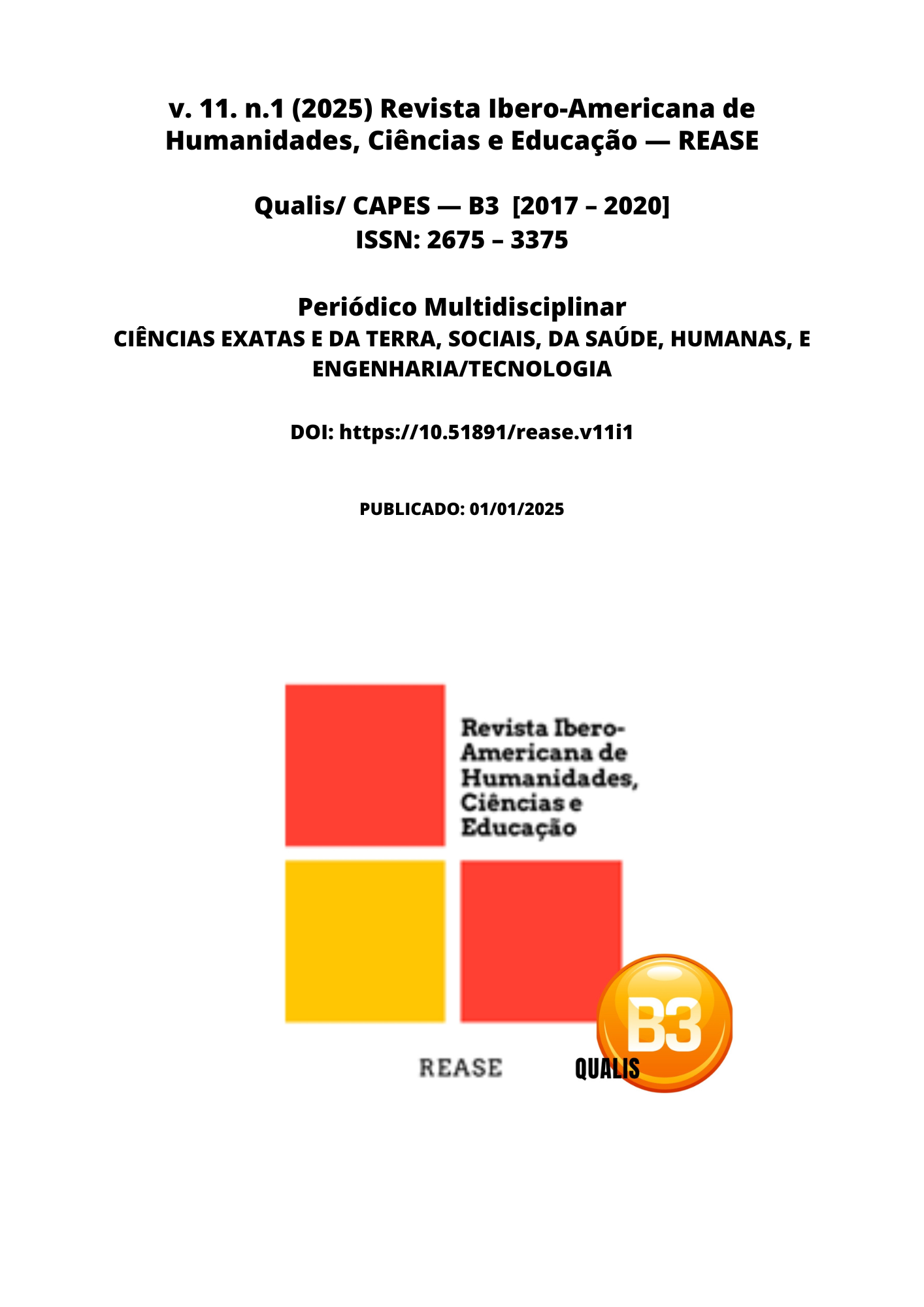THE USE OF BRAILLEAPP SOFTWARE AS A DIGITAL TOOL IN LITERACY FOR STUDENTS WITH VISUAL IMPAIRMENT
DOI:
https://doi.org/10.51891/rease.v11i1.17774Keywords:
Hearing impairment. Assistive technology. Inclusive education.Abstract
This experience report results from the use of the educational software BrailleApp, an assistive technology employed during the school year with a student enrolled in the Multifunctional Resource Room (SRM) diagnosed with visual impairment (VI). The student, a 7th-grade elementary school learner in a regular classroom, attends a public school located in an urban area in Maranhão. The report addresses the process of literacy in Braille code through specific methodologies and applied digital resources. The objective was to understand the educational software BrailleApp, supported by frequent interventions involving the writing and reading exercises provided by the software, and enhanced by the tools of the "BR Transcriber." We documented methodologies using the software to reinforce the current processes employed today to teach Braille literacy to visually impaired students, as outlined in the National Curriculum Parameters (PCNs, 1998), in conceptions of literacy and education for students with VI referenced by Domingues (2010), and in Salton's Digital Accessibility Manual (2017). These resources are considered essential for understanding the literacy process for visually impaired students. Finally, we identified the features that best suited the student’s reality, thus addressing her needs and reducing the barriers that hindered her learning process.
Downloads
Downloads
Published
How to Cite
Issue
Section
Categories
License
Atribuição CC BY

